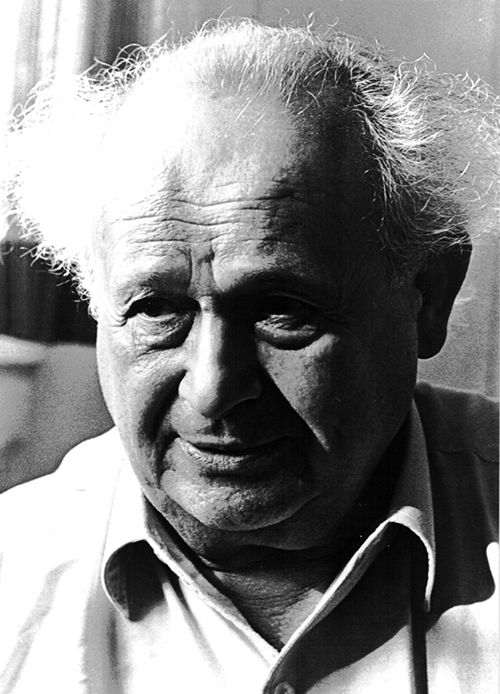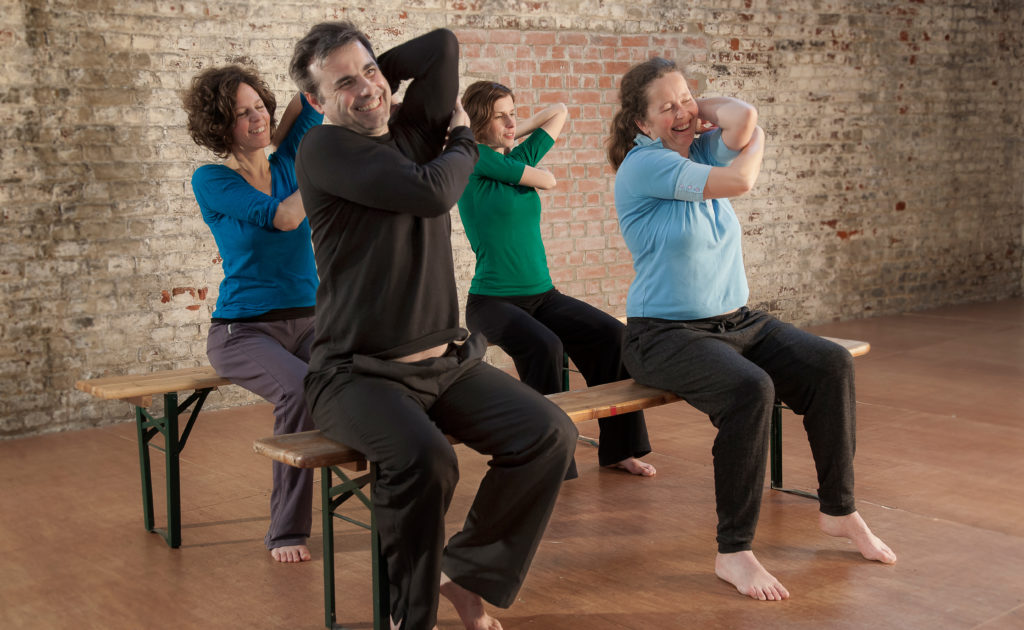Origins of the Feldenkrais method
The aim (of the Feldenkrais Method) is a person that is organized to move with minimum effort and maximum efficiency, not through muscular strength, but through increased consciousness of how movement works.
— Moshe Feldenkrais

©International Feldenkrais® Federation Archive
Born in Russia (in current Ukraine) in 1904, Moshe Feldenkrais studied in Paris in the 1928’s. As a qualified engineer (ESTP, Ecole Speciale des travaux Publiques), he worked in the laboratory under Frederic Joliot-Curie and Irene Curie (Nobel prize of Chemistry in 1935) and Paul Langevin. He earned Ph. D degree in Physical Science.
In 1933, he met Jigoro Kano – the founder of Judo – and accepted to help popularize Judo in Europe, bringing these Japanese practices into the French community. He founded the Jiu Jitsu Club de France, wrote several books/articles, and became the first European who received the Black Belt in Judo.
Trained as a physicist, he defined the body as a physical reality, the weight, the mass organised in space, a balance of forces between standing and moving. From his Judo training, he developed the concept of efficient and harmonious movements with minimum energy.
A knee injury will determine the orientation of his work. As medical professionals could not resolve his knee problem, he had no choice but to deal with it himself. He studied internal mechanisms of his own body, and discovered a new world from his body observation and neuroscience reading.
Indeed, he learnt that his ability to move without pain depends on the way he does it, and this would be adjusted thanks to a simple process. With the help of his wife (paediatrician), he analysed the process that the children use for learning how to move. He drew inspiration from this insight to help adults.
After World War II, Feldenkrais abandoned the Physics and Electric fields progressively to fully devote his time to his holistic research through the mind and body education, thus giving birth to his own method. He then taught as much in Europe, USA, Australia, as in Israel. He died in 1984. (source: texts in French by Feldenkrais France Association)
What differentiates the Feldenkrais method from other movement approaches is his holistic intuition: « No part of the body can be moved without all the others being affected ».
Using his kinesthetic awareness, Feldenkrais defines the fundamental principles of the method as follows (source: The brain’s way of healing, Norman Doidge):
- the mind programs the functioning of the brain
- a brain cannot think without motor function
- awareness of movement is the key of improving movement
- differentiation – making the smallest possible sensory distinctions between movements – builds brain maps
- differentiation is easiest to make when the stimulus is smallest
- slowness of movement is the key to awareness, and awareness is the key to learning
- reduce the effort whenever possible
- errors are essential, and there is no right way to move, only better ways
- random movements provide variation that leads to developmental breakthroughs
- even the smallest movement is one part of the body involves the entire body
- many movements problems, and the pain that goes with them, are caused by learned habit, not by abnormal structure.

© International Feldenkrais® Federation Archive, Robert Golden
Benefits of the Feldenkrais method
When you know what you are doing, you can do what you want.
— Moshe Feldenkrais
The Feldenkrais method is an educational somatic method using body movements to improve the quality and efficiency of the functions of the person (unity of mind and body). Through a series of movements in progress, the method gives insight and awareness of the organisation of our skeleton, hence allowing our brain to re-organise and create the new sensory and motor cortex connections. Feldenkrais proposes to refine (re-find) the gestures, which are appropriate and easy to execute, without tension, nor pain.
For whom?
The method is beneficial to everyone, regardless of age and physical condition, from beginners to athletes. It can help people to restore healthy movement patterns. It also helps artists in performance (dance, music, theatre…).
There are no contra-indications as such in Feldenkrais practice. However, medical consultation is recommended if you suffer from any specific pathology.
The regular practice of the method helps to improve:
- posture
- balance
- suppleness and mobility in joints
- stability and muscle tonus
- coordination
- breathing
- ease in movements (more options in your actions)
- quality daily life
- motor cortex functions
- physical condition (rehabilitation after an accident, a traumatism)
and, also to diminish:
- chronic pains (back pain, neck pain, shoulder tensions…)
muscular and joints tensions - stress
- risks of injuries (prevention of falls, musculoskeletal disorder…)